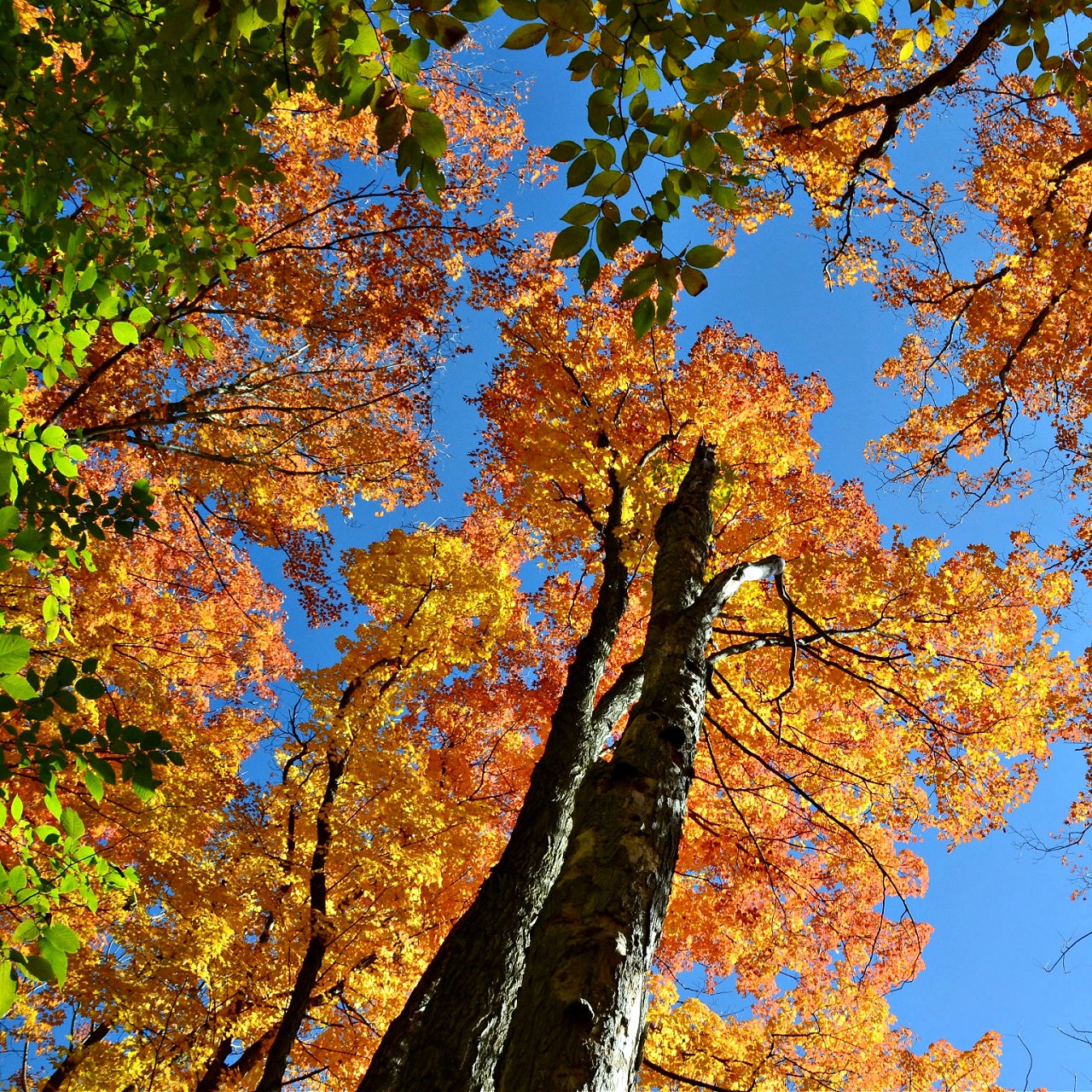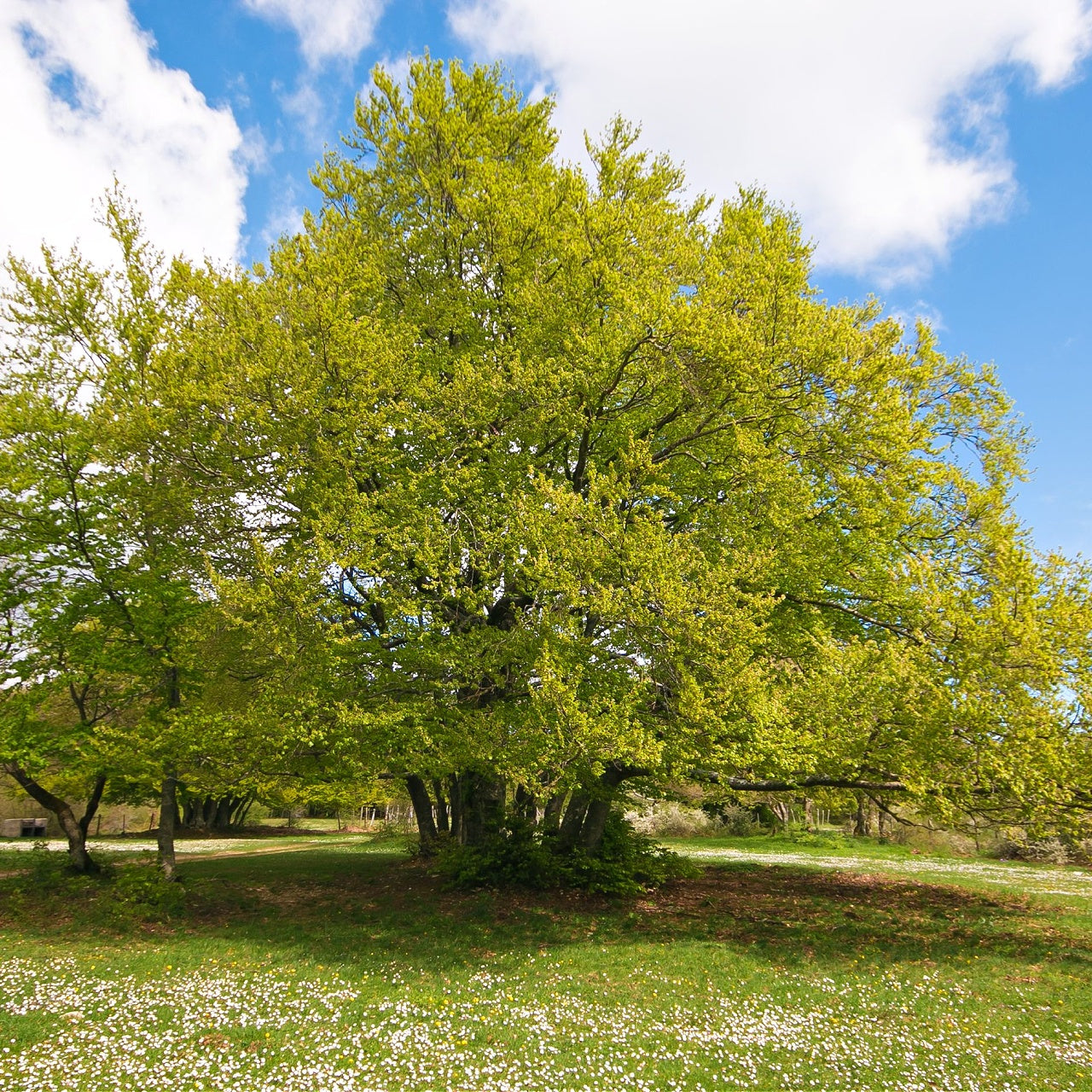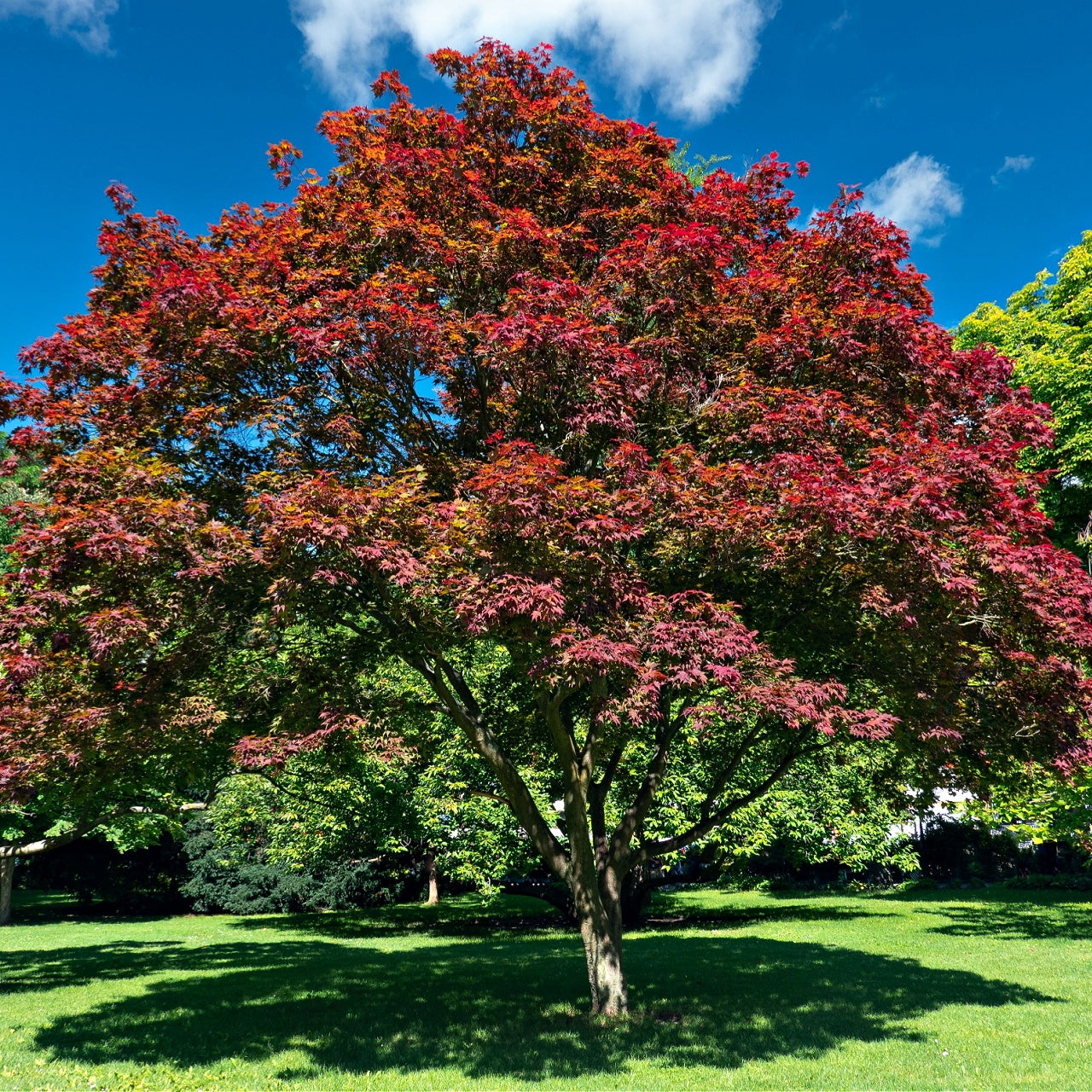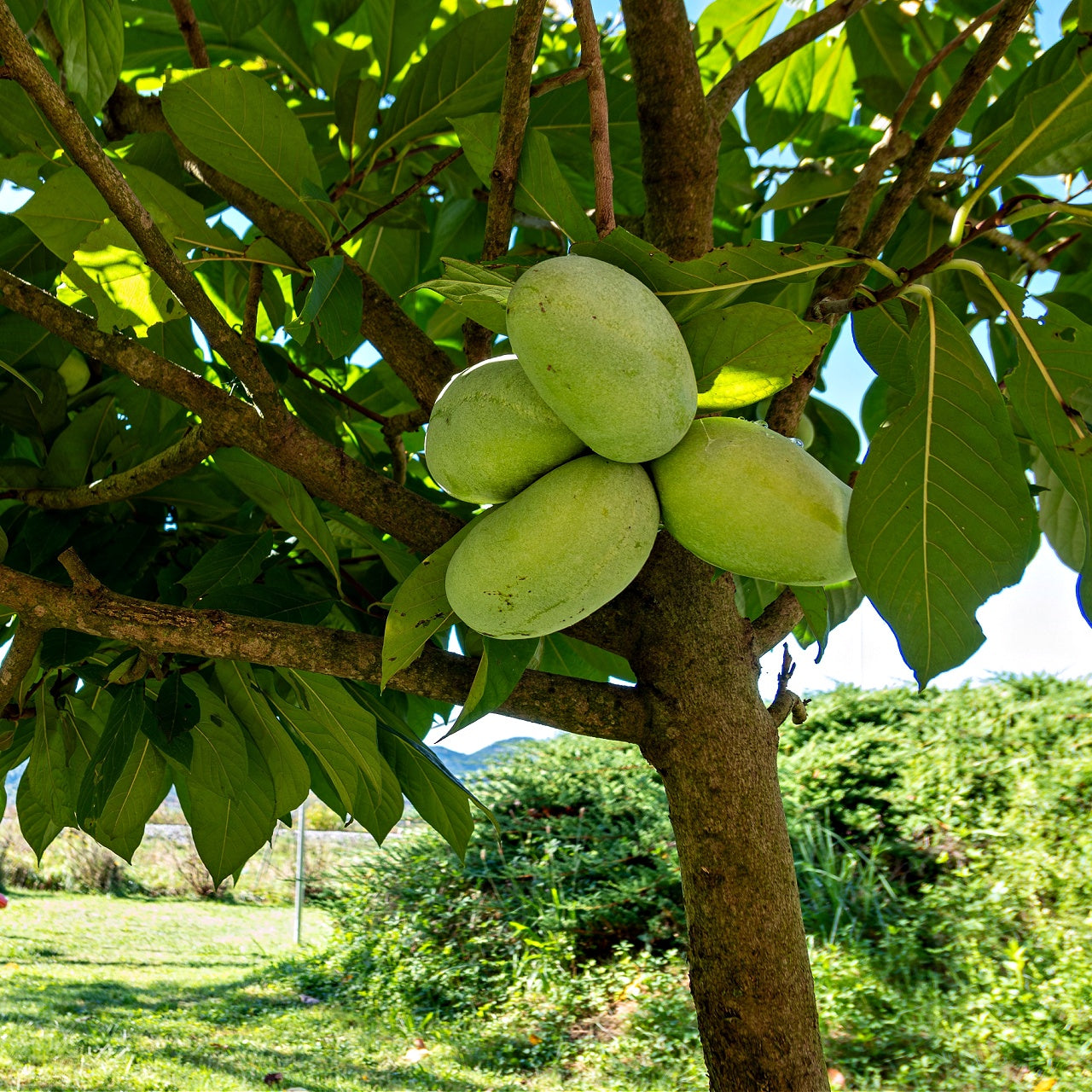
How To Control Soil Erosion With Erosion Control Stakes | Tennessee Wholesale Nursery
How To Control Soil Erosion With Erosion Control Stakes | Tennessee Wholesale Nursery
Understanding Soil Erosion
Soil erosion is a natural process where soil particles are worn away by wind or water. However, human activities such as deforestation, construction, and agriculture can accelerate this process, leading to significant environmental issues. When soil erosion occurs, it can result in the loss of fertile land, increased sedimentation in waterways, and decreased water quality. Understanding the causes and effects of soil erosion is crucial for implementing effective erosion control measures. Recognizing how erosion impacts the environment and implementing beneficial erosion control measures can protect our valuable soil resources proactively.
Soil Erosion Control With Live Stakes and Fascines
Erosion Control
Known to the layperson as “dirt,” topsoil is the outermost layer of the earth’s crust. Rich in nutrients and organic matter, it hosts crops and wild flora worldwide. In fact, without topsoil, humanity would have died out long ago. While that statement might strike some as extreme, the evidence for it can be found in erosion. When this vital geological tier is removed by wind or water–due to natural forces and human activity–life-giving elements are evacuated, leaving barren land bereft of growth. All is not lost, however. There are ways to prevent soil erosion.
Curlex products are another effective solution for erosion control. These biodegradable netting options assist in the rapid re-vegetation of slopes and waterways, retaining soil moisture and protecting seeds as they gradually break down into simpler compounds. They are environmentally friendly, highly effective, and made from renewable aspen wood fibers.
Live stakes are cut branches from hardwood trees replanted in inhospitable soil. They are called live stakes because they usually have no twig or leaf extensions. Live stakes have several features that make them effective for erosion control, including their ability to take root and form new trees. Planting them during the winter allows the stakes to establish themselves when the growing season arrives. Although some branch cuttings take to the host soil very well on their own, others require an application of rooting hormone for best results.
Fascines are another way in which to control erosion. By binding branches, rods, or piping together, engineers can strengthen embankments and marsh soil by strategically inserting the bundles into trenches. In short, the sticks are fashioned into logs from which plant cover will grow. Meanwhile, the fascines establish root systems–as with live stakes–that keep the topsoil in place. In addition to strengthening soil structure, this method interrupts the slope, thus slowing the velocity of movement. The effectiveness of fascines can vary depending on the location, as environmental conditions play a crucial role in their performance.
Brush layers – are composed of material from woody plants that are native to the area under scrutiny. They should ideally be freshly cut, i.e., embedded within 48 hours of extraction. Planted at an angle to a slope or incline, the cuttings are driven in the butt-end first. Often inserted at embankments, brush layers convey food and cover for fish in the adjacent water body while stifling the downhill flow of rainwater. The thickness of the brush layers can influence their effectiveness, with thicker layers providing more stability and erosion control.
Native plants – capture water, interrupt its force and fortify the soil beneath. Like bundled cuttings and stakes, they can decrease erosion rates by as much as 50 percent. Their natural adaptation to regional soil and atmospheric conditions gives native plants their edge. This makes them more independent and less needy of management.
Grasses – are excellent counter-measures to erosive activity because they possess coarse and muscular root systems that hold soil molecules in a place like few other floral categories. Like other plants, native grasses are optimal for the preservation of topsoil. A county extension office of the state’s land-grant university helps determine the best grass variety.
People should neither underestimate the destructive results of erosion nor overestimate the steps to remediate the problem. As demonstrated above, properly placing and planting vegetative organisms can stanch the runoff flow qualitatively.
Erosion Control Blankets and Products
Erosion control products are essential tools in the fight against soil erosion. An erosion control blanket is particularly effective in retaining soil while allowing vegetation to grow. These products include erosion control blankets, mats, netting, and stakes, each designed to stabilize soil and secure products to prevent erosion. Erosion control blankets, made from natural or synthetic materials, hold soil in place while allowing vegetation to grow. Mats and netting are particularly useful on slopes and embankments, providing a stable surface that prevents soil displacement. Wood stakes secure these products to the ground, ensuring they remain effective even in adverse conditions. By using these erosion control products, we can protect the soil and promote healthy vegetation growth.
Installing Erosion Control Measures
Installing erosion control measures requires careful planning and execution to ensure their effectiveness. The first step is to assess the site and determine the most suitable erosion control product for the job. Once selected, ensure that the product is shipped promptly to avoid delays in installation. The product should then be installed according to the manufacturer’s instructions. For instance, erosion control blankets should be laid out with proper overlap and secured with stakes to prevent displacement. Ensuring the product is firmly anchored to the ground is crucial to withstand wind and water forces. By following these steps, you can effectively implement erosion control measures that protect the soil and promote vegetation growth.
Maintenance and Monitoring
Regular maintenance and monitoring are vital to the long-term success of erosion control measures. This involves inspecting the site regularly for signs of erosion or damage to the erosion control products. Prompt shipping of replacement products is essential to address any issues quickly and maintain the effectiveness of erosion control measures. Prompt repairs or replacements should be made to address any issues. Additionally, allowing vegetation to grow and establish itself is crucial, significantly stabilizing the soil and preventing erosion. By maintaining and monitoring these measures, customers can ensure that their erosion control efforts are effective and sustainable. This proactive approach helps protect the soil, maintain moisture levels, and promote a healthy environment.
Products from the Article






